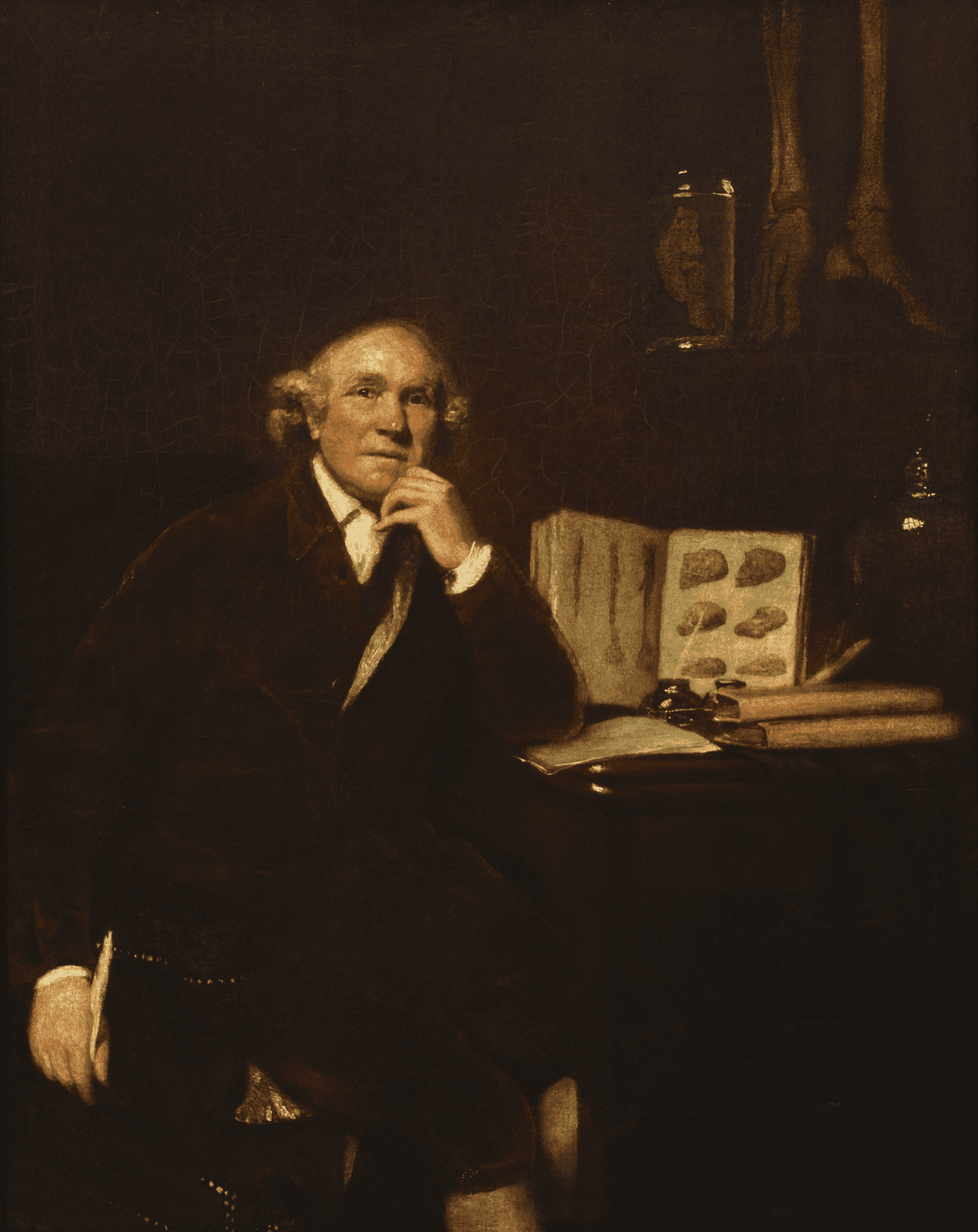A controversial museum exhibit containing the skeleton of Charles Byrne, an Irishman who at over 2.3 meters was known as the “Irish giant”, is to be taken down. The Hunterian Museum, at the Royal College of Surgeons of England in London, has been closed for renovation since 2017, but the controversy around this particular exhibit goes back a lot further.
Charles Byrne was born in Littlebridge in the north of Ireland in 1761. He lived with a condition that we now know as gigantism, which is a form of acromegaly that presents in childhood. Acromegaly is caused by excessive production of growth hormone within the body. As the name gigantism suggests, children affected by the condition grow to be unusually tall – in Byrne’s case, at the time of his death, he was 2.31 meters (7 feet 7 inches).

The skeleton of Charles Byrne reveals his unusual height, caused by an undiagnosed benign brain tumor. Image credit: by permission of Hunterian Collection Trustees
Acromegaly and gigantism are most often caused by a benign tumor of the pituitary gland at the base of the brain, called a pituitary adenoma. Byrne’s pituitary adenoma remained undiagnosed during his lifetime, and researchers determined in 2011 that it was caused by a mutation in the gene for aryl hydrocarbon-interacting protein.
Before his death at the very young age of 22, Byrne had found fame as a so-called curiosity or “freak” – although “freak shows” as a commercial enterprise would not really take off in Britain until the 19th century, the Georgian era was known for its exhibitions of people who, due to physical differences, medical conditions, or mental health issues, were othered by society. Unthinkable though it may be to us now, visitors would even pay to gawk at the patients housed at the infamous Bethlehem psychiatric hospital, commonly known as Bedlam.
Byrne was said to be fearful of the interest that would likely surround his remains after he passed away. “It has been said that to prevent his body being seized by anatomists he wanted to be buried at sea,” the Royal College of Surgeons of England said in a statement. However, before these wishes could be carried out, anatomist and surgeon John Hunter paid for Byrne’s body, and three years later displayed his skeleton in his eponymous museum.

Charles Byrne’s skeleton is partially visible in this portrait of John Hunter by Sir Joshua Reynolds from 1785. Image credit: Copyright Hunterian Museum, Royal College of Surgeons of England
“John Hunter (1728-1793) and other anatomists and surgeons of the 18th and 19th centuries acquired many specimens in ways we would not consider ethical today and which are rightly subject to review and discussion,” the statement continues.
There have been several notable calls for Byrne’s skeleton to be buried according to his supposed wishes, including from emeritus professor of medical ethics Len Doyal and lawyer Thomas Munizer, who wrote in The BMJ in 2011 that “Byrne’s burial wish was not fulfilled because the pre-eminent surgeon and anatomist of the time, John Hunter, was determined to possess Byrne’s cadaver for his own purposes.”
Whilst the study of Byrne’s remains after his death has made an important contribution to science – including very early research into the association of pituitary tumors with acromegaly – Doyal and Munizer believe that there is no longer a justification for keeping hold of the skeleton. Speaking to The Daily Mail, they suggest that “it is entirely unclear what further research the Hunterian has in mind,” given that “DNA from the skeleton has been obtained.”
However, the Board of Trustees of the Hunterian Collection made it clear in their statement that the skeleton is still “an integral part of the collection”, and that “anecdotal references to Charles Byrne’s wishes are well documented although no written evidence exists.”
However, they go on to confirm that they “recognise the sensitivities and the differing views surrounding the display and retention of Charles Byrne’s skeleton,” which is why when the museum reopens later this year, this exhibit will not be among the 3,000 objects and specimens on display.
For now then, at least, it seems Byrne will not be afforded the burial that many claim he wanted; his skeleton, though, will no longer be a public spectacle, as it has been for most of the last two centuries.
Source Link: Skeleton Of Charles Byrne, The “Irish Giant”, To Be Removed From London Museum Display